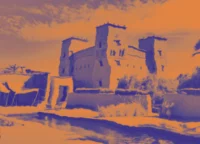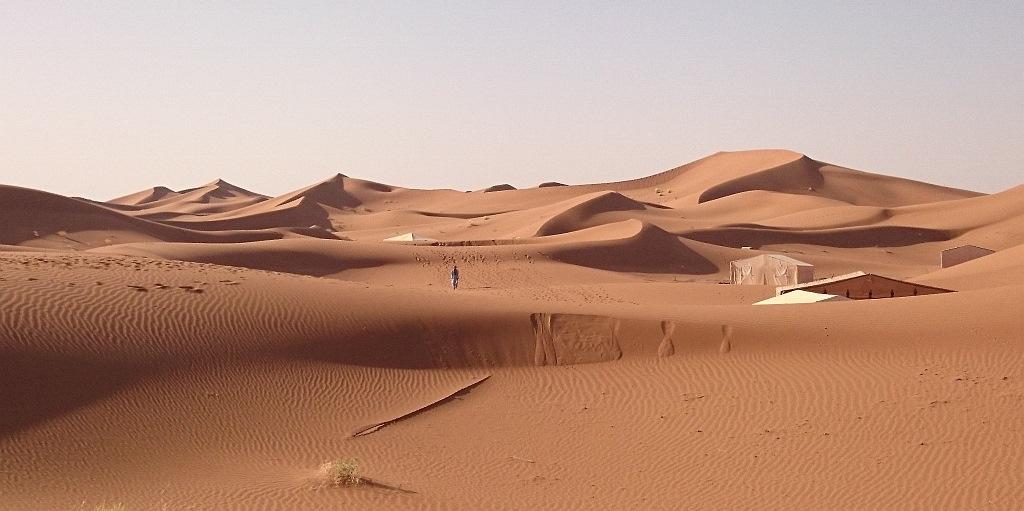A classic Morocco 7 days itinerary, with a twist or two
Feathers, Ivory and Gold ( 7 - 9 days)
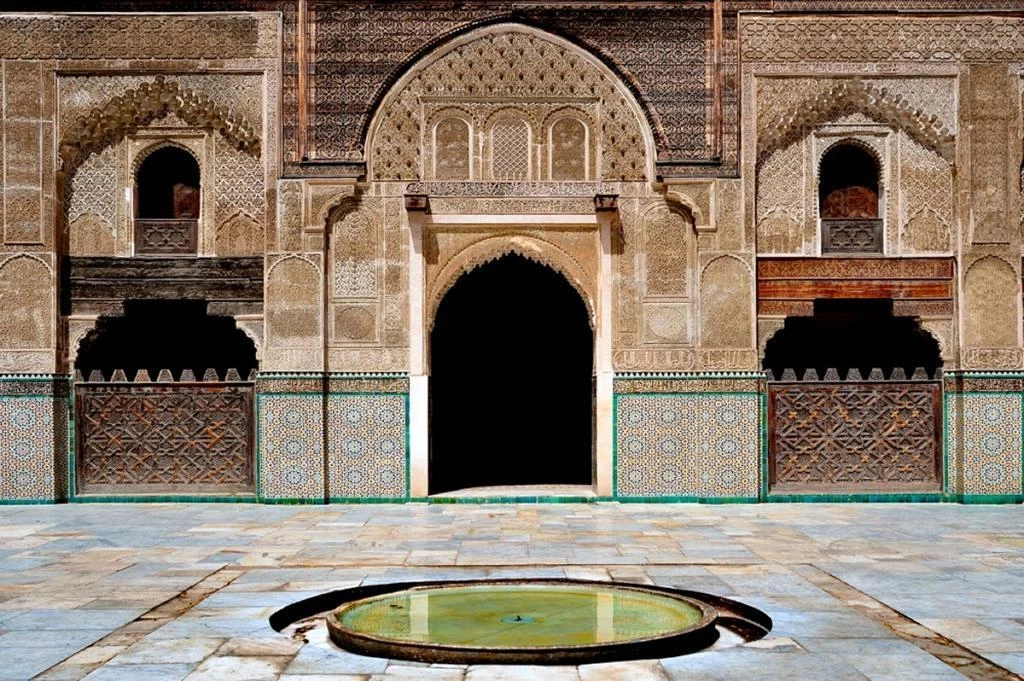
A private Tour of Morocco that takes in the highlights but also strays off
Centuries ago, caravans laden with gold, ivory and feathers were delivering their loads at the sultan’s palace in Marrakech and Fes after weeks of crossing the Sahara. This Morocco private tour trails some of that ancient route but before that, we start off with Casablanca and Rabat to then witness the splendor of the Roman heritage at Volubilis or the blue- washed exuberance of Chefchaouen. After a stop in Fez, we cross Middle Atlas and lush countryside to reach the Sahara desert camps.
From here, we uncover mysterious adobe honey-comb ksours and their wells of light, trek in the Dades gorges, roam village markets, lunch with a local family or explore lush palm groves. We then cross the High Atlas and end our tour in sensual Marrakech. The 7 day Morocco itinerary can start/ end in Marrakech/ Casablanca or be done in reverse order to suit your schedule. An extra day or two come handy if traveling in winter or with children
Day 1: Casablanca – Rabat ( 1 hour drive). (Driving times don’t include the various stops along the way).
Our Morocco private tour starts off with Casablanca ( we can also start the tour in Marrakech or Rabat, to suit your flights). King Hassan 2 decided to give the city a landmark- the second largest mosque in the world. The last few years of its completion, 1400 craftsmen worked by day and 1000 by night. The marble, cedar wood and granite all come from Morocco while the glass chandeliers and white granite columns were brought from Murano, Italy.

Next, our itinerary takes us to the capital Rabat, recently declared UNESCO world site. A quiet administrative center, Rabat has also a much richer history and makes the perfect introduction to Morocco, suspended somewhere between Europe and the Arab world. Restored in 2021, the 12th century Kasbah des Oudayas and its Andalusian Gardens, were an important outpost of the Almohad dynasty. We can dwell further into the past and visit the Merenid necropolis of Chellah, where Phoenician, Roman and Merinid traces blend.
But perhaps better stories are to be told about Sale, the sister city to Rabat and a flourishing piracy center, centuries ago. Our guide here, a local teacher will relate how water canals used to run inside its gates and its pirates were famous for rapidly attacking European ships and taking ilustrous nobility as prisoners. Once inside the city, the massive doors would close and the European powers had no other choice than to pay the ransom requested. The Republic of Sale, a state within a kingdom, even came into existence briefly and refused to pay any tax to the sultan.
Day 2: Rabat – Meknes – Volubilis – Fez ( 3 hour drive).
After breakfast, our itinerary is headed towards Meknes , an imperial city that rose to prominence with the sultan Moulay Ismail ( 1672- 1727) who set the capital of Morocco to Meknes and gave it its golden age by building his imperial palace, city walls and kasbahs upon dismantling Badi palace in Marrakech and hauling to Meknes most of its marble, ivory and wood.
[ Read: Morocco on a honeymoon ]
Places of interest in Meknes include Bab El Mansour gate, Masoleum of Moulay Ismail, the imperial palace and the royal granaries and stables. Back on the road we are to reach shortly the Roman ruins of Volubilis with its Galem’s baths, basilica, capitol and forum.
Of particular interest is also the nearby sacred village of Moulay Idriss. The Prophet Mohammed’s great grandson fled Mecca during the 8th century AD. He established himself at Volubilis, converted the locals to Islam and founded the first Moroccan imperial dynasty. The journey should reach Fez late afternoon/ evening. Dinner and accommodation inside the medina of Fez.
Day 3: Fez – guided tour of the city ( no drive).
With the first light of dawn, you realize you have travelled in time. Four centuries? Five? If it weren’t for the satellite dishes adorning every roof, it could be more. Perhaps as much as the Kayraouine University and mosque, now 12 centuries old, the oldest still working university in the world. The heyday of the caravan trade coming from Timbuktu is long resolute.
‘At the end of the fifteenth century, however, Fez was still enjoying great commercial prosperity and was at the peak of its fame as a seat of learning, its mosques and libraries being the resort of students from many parts of the Muslim world. It was therefore the most natural haven for the exiles from Granada’ ( E.W. Bovill – The Golden Trade of the Moors).
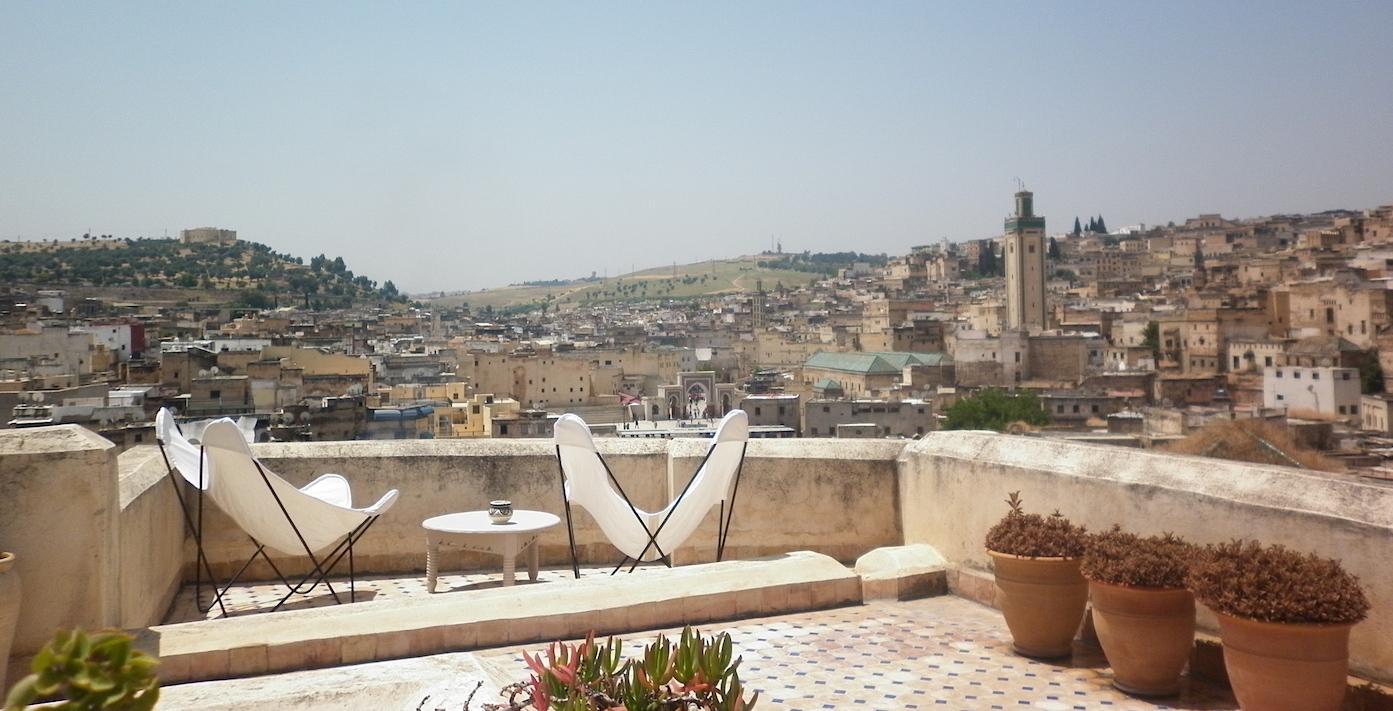
There are thousands of derbs, streets so narrow you could whisper in your neighbor’s ear. Your private English speaking guide will collect you from the Riad after breakfast and try to make some sense out of the chaotic old town.
The numerous Islamic schools, among which the most ornate are perhaps Bou Inania and El Attarine, will wow you with their intricate stucco and cedar engravings that have so well resisted the passage of centuries. Out in the streets again, you will most likely scent the tanneries before you see them… Dozens of workers toil over open vats, dipping skins in to treat them before hand-dyeing them in bright yellow, red and white, stomping them under the hot sun to distribute the pigment.
The guided tour of Fez takes us to Nejjarine Square you can catch your breath enjoying a mint tea on the roof terrace of Nejjarine Foundouk, an 18th-century caravanserai, turned woodwork museum after six years of painstakingly renovation.
“There is a good deal of frustration involved in the process of enjoying Fez,” wrote Paul Bowles about Fez and that still holds true nowadays. Just when the walls seem to cave in on you, a little square comes up and suddenly all menace disappears. The secrets to be found around every corner draw you into the long forgotten world of travels of Ibn Battuta and Leo Africanus.
Day 4: Fez – Ifrane – Azrou – Mildelt – Merzouga – Erg Chebbi ( 7 hours drive).
With Fez in the background, our custom Morocco tour serpents its way up into the shade of cedar forests. Our trip takes us first through Ifrane, the ‘Switzerland of Morocco’, quite popular during the snow season when it becomes Morocco’s prime ski resort. Prettier walks are to be had in the foothills of the next town, Azrou.
Country lanes wind through pine forest and lush villages. Hard to believe that tonight you’ll be treading desert dunes… The dense forest is also home to the Barbary macaque, almost domesticated now and the 800- year old Gouraud’s cedar. On the other side of the Middle Atlas, the countryside is pigmented by apricots, walnuts and plum trees .
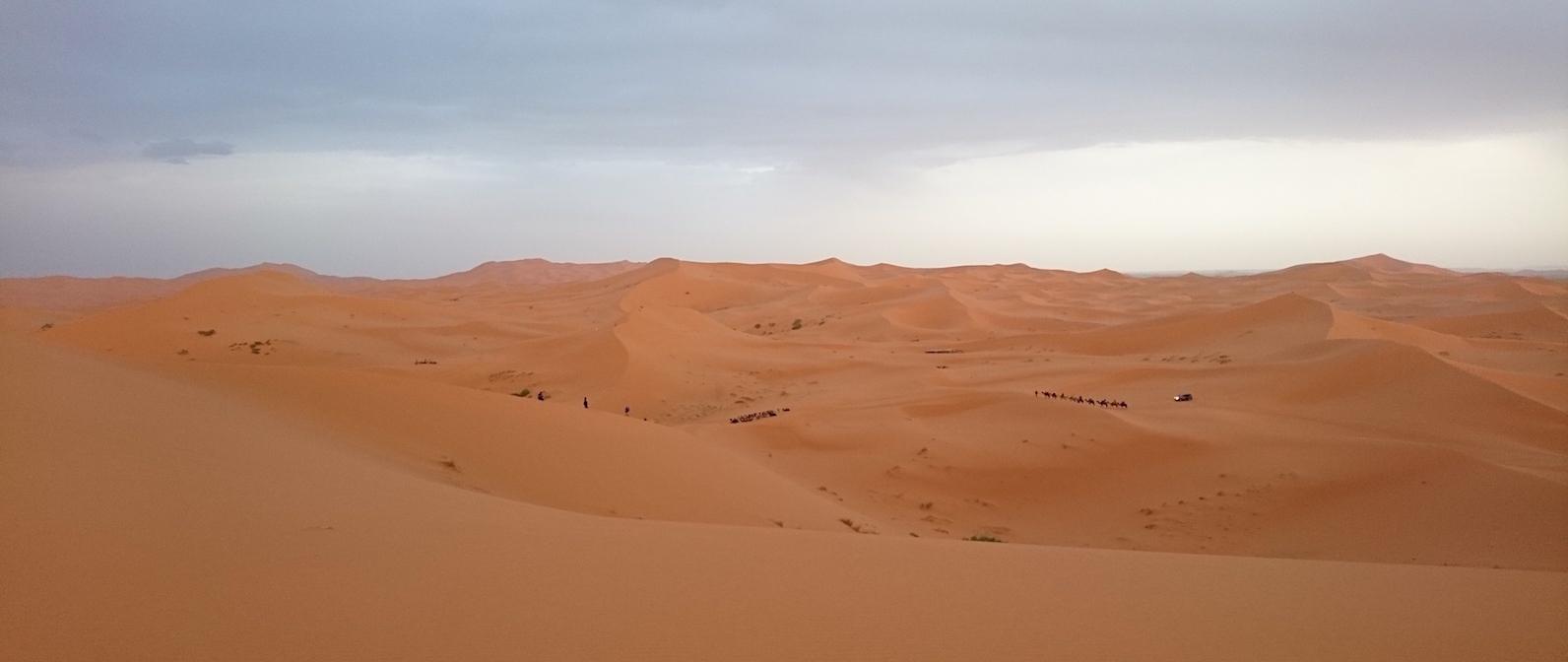
A few hours later, the change in landscape is sharp, canyons and palm groves replace the rollings hills and valleys – the desert is invisible but palpable. In Erfoud, you can visit the ancient Jewish district and the Musee des Oasis. Reach the kasbah by the dunes and trade the 4×4 for camels.
The camel ride is swift and the transfer can also be made by 4×4. Shortly after, while the staff are busy unloading your luggage, try to find the highest dune and reach the top. For as far as you can see, there is nothing but sand, an ocean of it as set to conquer everything that stands in its way.
‘The Beduin of the desert, had embraced with all his soul this nakedness, too harsh for volunteers, for the reason that there he found himself indubitably free.’ T.E.Lawrence
And while the sun sets, there is nowhere else you would rather be. Dinner and accommodation in a private tent in a Sahara desert camp. Here, you have the choice between a basic tent with toilets/ bathroom outside or a comfort tent/ luxury tent with en suite bathroom and toilets.
If possible, we recommend adding an extra day in the dunes, especially more so during winter time, when days are short. Have tea with the nomads, visit the old mines, pick up fossils, discover the rock engravings or dinosaur sites or quad bike in the dunes.
Day 5: Erg Chebbi – Tinejdad – Todra Gorges – Tinerir – Dades/ Skoura ( 4-5 hour drive).
Try to wake up to catch the sunrise- there is nothing quite like it… Have breakfast back at the kasbah by the dunes in Merzouga. But first, why not surf down first the highest dune you can find ? After breakfast our route takes us first to Rissani . Gold and slave auctions were taking place here as late as 1800’s.
Before it, the caravan trade and the most important city in Morocco was Sijilmassa, the ruins of which lie opposite Rissani. From its gates, Ibn Battuta and Leo Africanus left Morocco to embark on their illustrious journeys across the Sahara into African countries.
[Here ( in Timbuktu) are many shops of artificers and merchants, and especially of such as weave linnen and cotton cloth. And hither do the Barbarie merchants bring cloth of Europe… Here are verie few horses bred, and the merchants and courtiers keepe certainn little nags which they use to travel upon: but their best horses are brought out of Barbarie. And the king so soon as he heareth that any merchants are come to town with horses, he commandeth a certain number to be brought before him, and chusing the best horse for himselfe he payeth a most liberal price for him.] ( Leo Africanus – History and description of Africa).
Before Tinerir, we’ll explore a local ksour, a honeycomb traditional village where sun shafts trickle through open pits. A 7 day Morocco itinerary wouldn’t be complete without the spectacular Todra Gorges. They arrest you with its crystal clear river burgeoning past, their huge walls changing color to magical effect as the day unfolds. Monkey fingers ? In Dades Gorges ? Ask your driver…
We are back in the Atlas mountains as we pass through Tinerir, an important center for the Berber nomad tribes with its extensive palm grove, the decaying ksours and 19th century adobe mosque. Less touristy, the Dades Gorges are worth a detour, with their awkward monkey fingers rock formations and great trekking opportunities. We can stop for the night in Dades or continue for one more hour and spend the night in the palm grove of Skoura.
Day 6: Dades/ Skoura- Ouarzazate – Ait Benhaddou- Telouet- Marrakech ( 4- 5 hour drive)
This morning our Morocco week follows with the discovery of the palm grove of Skoura. What better way than to tour the palm grove with Abdel, a local, and learn about kasbah architecture, marriage customs and life in the community ?
In the shade of the palm trees, you will walk past pumpkins and figs, grapes and tomatoes, coriander, parsley and rosemary. Olives are pressed into the precious oil – dip your bread into it and try a local’s breakfast. Fire, water, earth and dye are what make most of things here. Or else, go for a trek at the foothills of the High Atlas mountains.
In Ouarzazate, time allowing, we can visit the film studios where more recently some of the episodes of Game of Thrones were shot. Half an hour later, our tour turns right to shortly arrive at post- card perfect UNESCO world site of Ait Benhaddou.
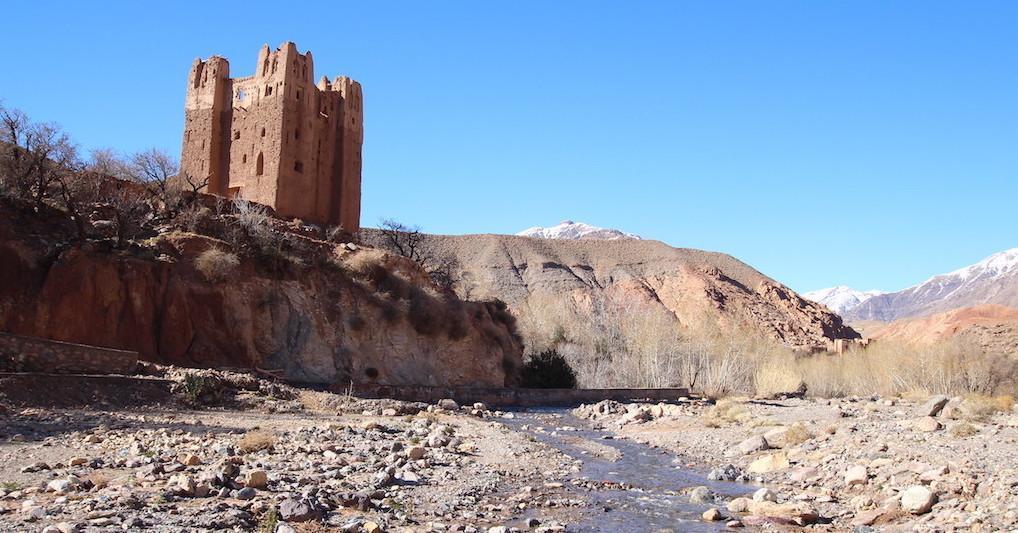
Past Tamdaght and the kasbah made famous by the slave scene from ‘Gladiator’, the beauty of the valley serpenting underneath the route is beyond words. In the wall of the canyon, the nomads have dug galleries of grottoes where they used to stock their grains.
Telouet is next, where the former pasha’s palace dominates the village. Pacha Glaoui overshadowed the sultan by controlling most of nowadays Morocco and decided to erect a palace to celebrate his family roots. He had employed the most skilled artisans to build and decorate his main residence and, in its golden age, armies, stables and Christian slaves were confined within its walls.
Shortly after Telouet, the trip joins the main road again and after innumerous twists, over Tizi n Tichka pass, we descend the High Atlas and reach the plain. Ahead in the night, lays dormant and sensual Marrakech, its walls and eighteen gates enveloping hundreds of foundouks, once protecting the caravans and their precious cargos.

Day 7: Marrakech – visit of the city ( no drive).
Where Fez is the bashful scholar, the ‘red city’ is the exuberant dancer. More than its opulent night life and luxurious palaces, the design boutiques or the French restaurants, it’s something in the air, a certain je ne sais quoi…
A good point to start is perhaps Maison de La Photographie, located in one of the most authentic districts of Marrakech. The photos on display document life in Morocco from late 1800’s all the way to the 1950’s. The roof terrace offers 360 degrees views over the Medina and is the perfect spot for a mint tea and postcard- photo shoots.
Crossing the souks you may want to spoil yourself with some shopping. If too early in the day for shopping, you can also admire the dyeing of the wool or the looming of a Berber carpet on site. Past Place des Epices and its shops stuffed with turtles, colorful spices and witchcraft accessories, we make our way into the Kasbah.
Not before entering the gardens of 19th century Dar El Bacha, an epitome of Islamic art of the era and residence of the Pacha Glaoui- first book a table at the trendy cafe… Uncovered by chance in 1917, across the souks, the Saadi Tombs hold the remains of the sultans responsible for the last golden age of the city , the 16th and 17th century.
The Carrara marble stands witness to the wealth of the dynasty and so does the nearby El Badi palace, albeit only a ruin nowadays. The palace never completed and the next sultan dismantled the marble, ivory, precious wood and hauled it all to Meknes to build his royal palace there.
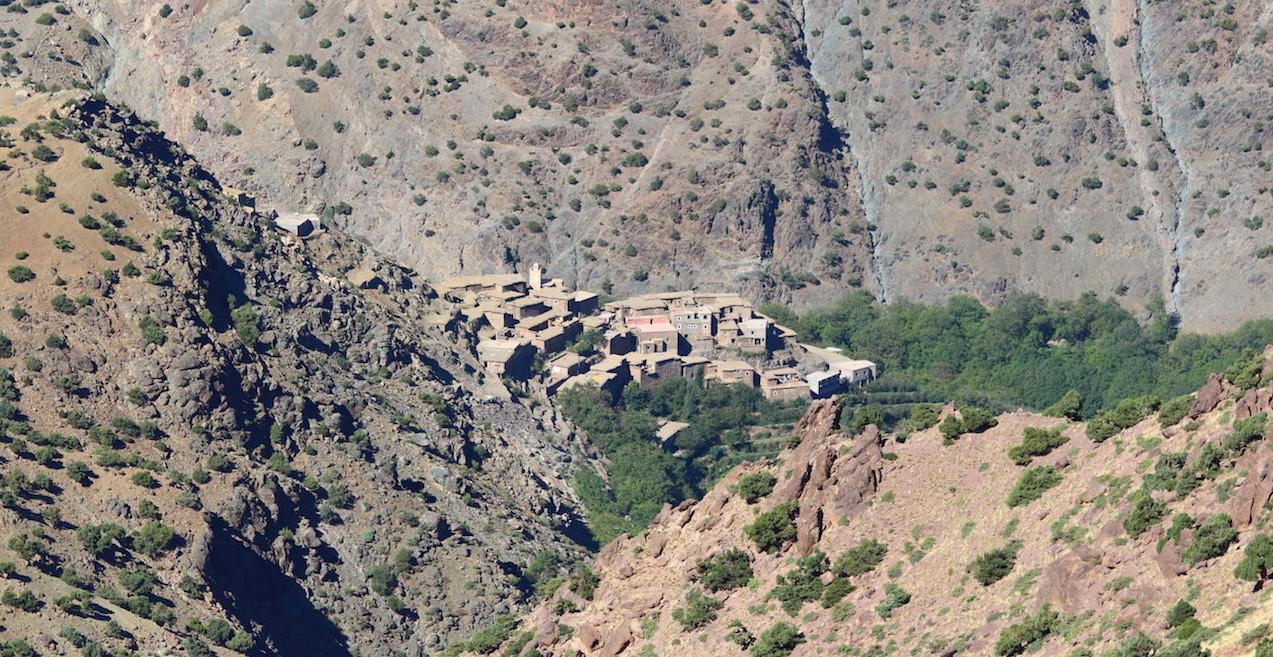
As the sun sets and the shades of its towers lose their contour, the fumes start rising on the nearby Jemaa El Fna square. Musicians, acrobats, snake charmers, witch doctors and food stalls all come alive as if they had never left.
This is the city at its most essential, a place where people from everywhere mingle, perform and peoplewatch, half way between a tableau vivant and a circus show. Try to catch one of the story tellers in action, a tradition perpetuated for centuries, in danger of oblivion.
A different way to discover Marrakech is booking a cooking class complete with lunch inside a local’s home and a tour of the medina to sample the various ingredients that make up the staple of Moroccan cuisine: the preserved vegetables, the smmen butter, the farnatchi, the herbalist, the souika market, mechoui ovens and more.
Day 8: Marrakech or Marrakech – Casablanca ( 3 hour drive).
If you’re short on ideas, you can read our suggestions on what to do and see in Marrakech. If after all the hustle and bustle of the medina you feel for some open spaces, why not explore some of the gardens ? The Almohad dynasty of 12th century built most of them. Agdal gardens, south of the city was where the waters from the Atlas Mountains were converged by ingenious Arab engineers.
They also created Menara gardens with its ornate pavilion overlooking the waters, still a favorite of marrakchi families for picnic on Sundays. One other garden belonged to a painter who had fallen in love with Marrakech in the 1920’s. Majorelle Gardens are currently available to the general public, yet they require booking in advance.
Or perhaps you fancy a Moroccan hammam ( steam bath) and body scrub with the locals in one of the dozens well- kept public baths scattered around the Medina. Or else, venture out to the High Atlas and the village of Imlil, an hour drive from the city, with tremendous trekking opportunities for a few hours.
Depending on your flight out, the driver will drop you off at the airport two hours before your flight. If you are flying out of Casablanca, keep in mind it takes 3 hours to make it to the airport there from Marrakech.
Morocco 7 day itinerary resumed version:
- Day 1: Casablanca – Rabat ( 1 hour and a half drive*).
- Day 2: Rabat – Meknes – Volubilis – Fes ( 3 hour drive).
- Day 3: Fes – visit of the city with local guide ( no driving).
- Day 4: Fes – Ifrane – Midelt – Erfoud – Merzouga – Erg Chebbi ( 7 hour drive).
- Day 5: Erg Chebbi – Rissani – Todra Gorges – Tinerir – Dades/ Skoura (4- 5 hour drive).
- Day 6: Dades/ Skoura – Ouarzazate – Ait Benhaddou – Telouet – Marrakech ( 4- 5 hour drive).
- Day 7: Marrakech – visit of the city with local guide ( no driving)/ cooking class/ crafts.
- Day 8: Marrakech or Marrakech – Casablanca (2 hour and a half drive). Visit of the gardens/ leisure time.
* driving times don’t include stops. The first 2 days can be compressed into one.
You may choose to follow the original Morocco 7 days itinerary as described on the website or have us create a tailor made itinerary around your preferences. The itinerary can be shortened or stretched out by 1 or 2 days to suit your flights. Please note that all our tours of Morocco are private and daily stops are accommodated along the way every couple of hours for you to visit a site, take a stunning photo or stretch your legs.
Some of the extras that can be included are :
– visit the nomad grottos and Berber granary;
– learn about life in the palm grove, the khetarra irrigations, the pottery craft, the olive oil press. Visit a village market;
– hot air balloon flight over Marrakech and its surroundings;
– cooking with a local family and shopping for ingredients in the medina;
– crafts classes including babouche ( slippers) making/ tadelakt/ zellij or Arab caligraphy;
– traditional Moroccan hammam ( steam bath) with eucalyptus soap body scrub;
– lunch inside a Berber home or Richard Branson’s Atlas Mountains retreat;
– bake bread on almond corks in the village earth oven;
– trekking/ hiking in Dades Gorge or the High Atlas mountains.
How much a 7 day Morocco private tour costs ?
Bellow you will find our tentative rates of this private tour in Morocco ( no two itineraries are similar ) based on two persons traveling together, with the relevant accommodation option. For discounted rates, we invite you to book off season. 1 % of our revenues are donated towards social causes in Morocco.
Dreamers: starting from 1260 US $/ 1150 €/ 840 £ per person ( double room & basic desert tent);
Privilege: starting from 1920 US $/ 1765 €/ 1565 £ per person ( junior suite & comfort tent with en suite shower and toilet);
Divine: price available on request.
Our portfolio accommodations do not fit into a rigorous star rating system, so we have named them Dreamers, Privilege and Divine, to best resume their nature. To ensure availability, we recommend booking at least 3-4 months in advance.
Pricing can vary at different times of the year. If you book your private tour of Morocco to take place in December, January ( outside NYE holidays), February, June, July and August, you will enjoy our low season rates. An exact rate will be offered once we have agreed on the precise itinerary, accommodation range preferred and any extras you would like to include. Discounts apply when 3 or more persons share the vehicle(s). You can also choose to mix different accommodation ranges within the same circuit.
Our rates for such a 7 day Morocco itinerary include:
– private use of the English fluent driver- guide and the modern air- conditioned Toyota 4×4;
– boutique/ luxury hotel accommodation for 5 nights;
– Sahara camel trek and private basic/comfort/ luxury tent for 1 night;
– 4 three- course- meal dinners and 7 breakfasts;
– private guided visit of Rabat with local university teacher;
– private guided visit of Fez with official English speaking guide;
– private guided visit of Marrakech with official English speaking guide;
– refreshing drinks inside the vehicle all along the itinerary;
– local English speaking guides;
– admission fees to all local sites and attractions;
– 24 hours travel assistance with Privilege and Divine level;
– gasoline and highway tolls;
– transport insurance, VAT and visitors tax.
WHY SHOULD YOU BOOK WITH US THIS 7 DAY MOROCCO ITINERARY:
# We are based in Morocco since 2006 and no. We scout for the most unique sites & local experiences all year round. We present these on our blog and Instagram pages. And only an agent based in Morocco can keep up with the latest travel advice or restaurant openings;
# We anonymously test, hand- pick and continuously update the best boutique and luxury hotels, Riads , eco lodges and Kasbahs across Morocco;
# We strive to bring you most authentic experiences. Some of them are exclusive: private flight to the Sahara; visit of a medina with a local university teacher; mechoui with a nomad family, on site restoration of century old granaries;
# 1 percent of our receipts go towards local projects, like help educate girls from rural Morocco or restoring the agadirs of southern Morocco;
# we accept payments by credit card, bank transfer and, starting 2023, select cryptocurrencies;
# we are on hand 24 hours a day, 7 days a week, before and during your tour, by email, phone or Whatsapp/ Skype/ Zoom.
Ready to create your Morocco private guided tour? Get in touch here with our on- the- ground team in MoroccMoroc
- Tagged Under AIT BENHADDOU, camel ride, ERG CHEBBI, FES, MARRAKECH, SKOURA, TELOUET, TODRA GORGES, unesco site, VOLUBILIS
Loved it ? Share It !
Related Posts

9 Day Morocco Private Tour: Marrakech-Erg Chigaga-Tafraoute
A 9 day Morocco private tour : immersive and off the beaten track. Lost Kingdoms
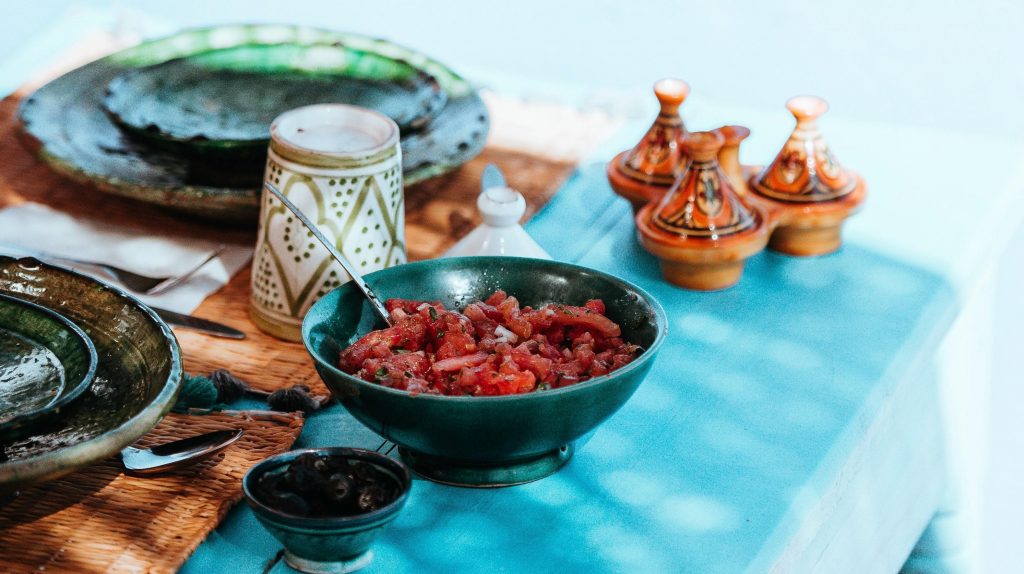
Cooking with the locals in Marrakech
Not only cooking Moroccan food, but also with locals. In their home. So here we

Work from home? No, thank you- 1
Our natural propensity to explore Morocco. After all, it’s about trails. And sun. Covid restrictions
